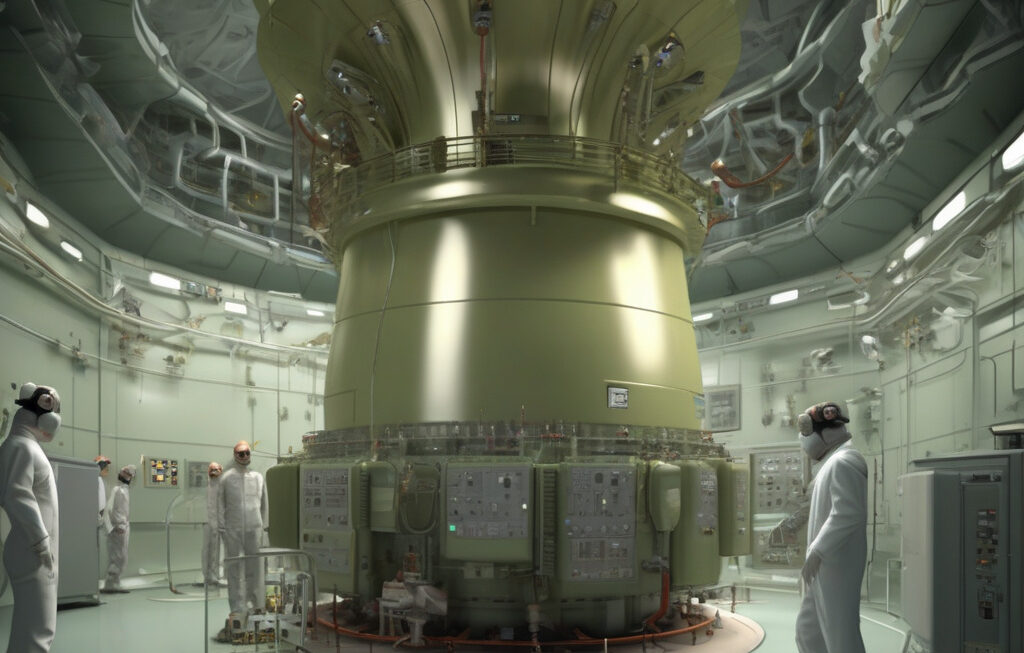China’s low-altitude aviation gets major boost with new wind tunnel testing facility
China has reportedly started operations on its first compounded wind tunnel dedicated to low-altitude aircraft. This state-of-the-art facility is set to revolutionize the country’s aviation industry by providing a crucial testing ground for drones, general aviation aircraft, and urban air mobility vehicles.
With the global demand for unmanned aerial vehicles (UAVs) and air taxis on the rise, China’s new wind tunnel testing facility couldn’t have come at a better time. The facility, located in the city of Chengdu, boasts cutting-edge technology that allows for the simulation of various flight conditions at low altitudes. This capability is essential for testing the performance, stability, and efficiency of next-generation aircraft that operate close to the ground.
One of the key advantages of the new wind tunnel testing facility is its ability to accommodate a wide range of aircraft types and sizes. From small drones to larger urban air mobility vehicles, manufacturers now have a comprehensive testing facility that can meet their diverse needs. This versatility is crucial for driving innovation in the aviation sector and ensuring that new aircraft designs meet the highest standards of safety and performance.
In addition to serving the needs of domestic aircraft manufacturers, China’s wind tunnel testing facility is also expected to attract international clients looking to take advantage of its advanced capabilities. By offering state-of-the-art testing services, China is positioning itself as a global leader in aviation technology and innovation. This move not only strengthens the country’s aerospace industry but also enhances its reputation as a hub for cutting-edge research and development.
Furthermore, the new wind tunnel testing facility aligns with China’s broader efforts to promote sustainable aviation practices. By providing a platform for testing electric and hybrid aircraft, the facility supports the country’s goals of reducing carbon emissions and transitioning to cleaner forms of transportation. This focus on sustainability not only benefits the environment but also positions China as a forward-thinking player in the global aviation market.
As China’s low-altitude aviation sector continues to expand, the importance of advanced testing facilities like the one in Chengdu cannot be overstated. By investing in state-of-the-art infrastructure and technologies, China is paving the way for the next generation of aircraft that will shape the future of air travel. With the new wind tunnel testing facility now operational, the country is poised to lead the way in developing innovative and sustainable aviation solutions that will benefit both its domestic industry and the global aerospace community.
In conclusion, China’s inauguration of its first compounded wind tunnel dedicated to low-altitude aircraft marks a significant milestone for the country’s aviation sector. By providing a cutting-edge testing facility for a wide range of aircraft types, China is driving innovation, attracting international clients, and promoting sustainability in aviation. As the demand for UAVs, air taxis, and other low-altitude aircraft continues to grow, China’s new wind tunnel testing facility positions the country as a key player in shaping the future of aviation.
China, aviation, wind tunnel, technology, innovation












